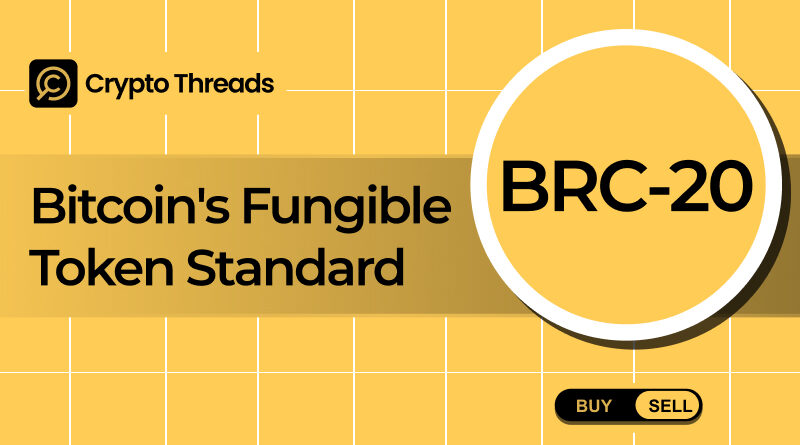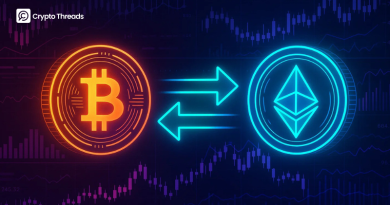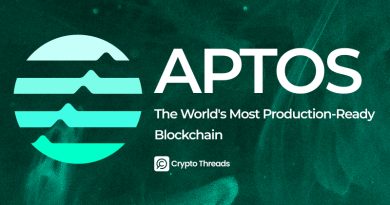BRC-20: Bitcoin’s Fungible Token Standard
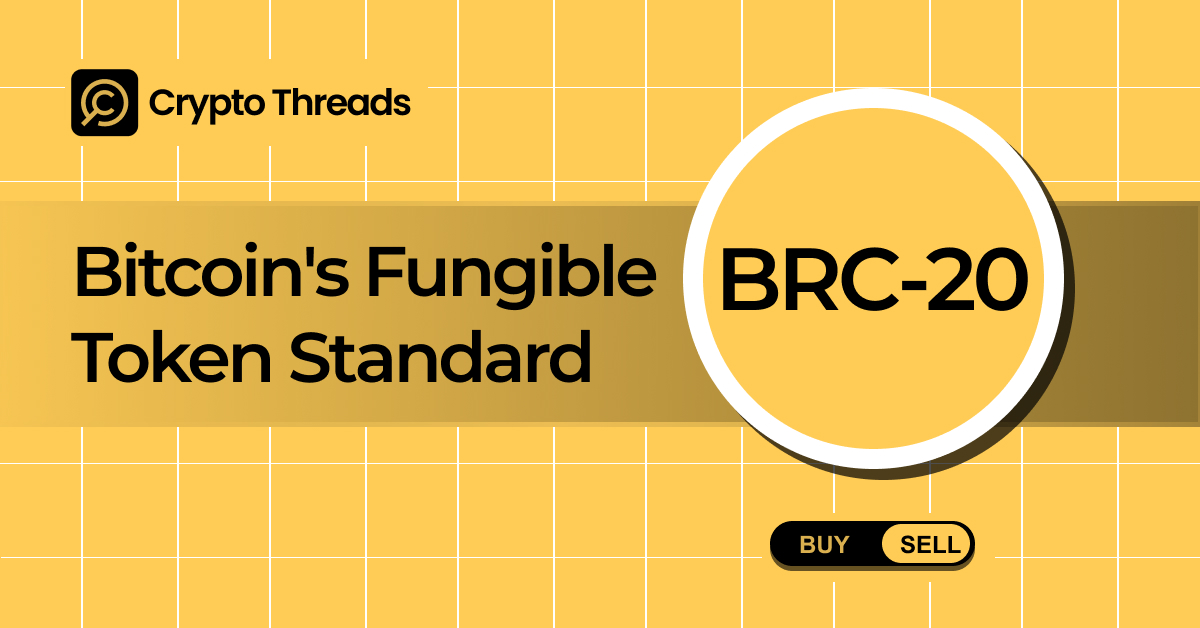
What is BRC-20?
For the purpose of producing and transmitting fungible tokens on the Bitcoin network, BRC-20 is an experimental token standard. Like the ERC-20 standard on the Ethereum (ETH) network, “BRC” stands for Bitcoin Request for Comment. However, BRC-20 relies on Ordinal Inscriptions, a feature that Casey Rodarmor released on January 21, 2023, rather than smart contracts like ERC-20 does.
Data (such as JSON, pictures, text, or code) can be directly inscribed into satoshis, the smallest unit of Bitcoin (1 BTC = 100 million satoshis), thanks to ordinal inscriptions. Similar to NFTs, the data stored on satoshis maintains its own characteristics, but BRC-20 tokens are fungible, which means they are interchangeable and have equal worth.
How Is BRC-20 Operational?
JSON data is imprinted onto satoshis in the Ordinals system, which powers BRC-20. The initial tokens produced in accordance with this standard included details like:
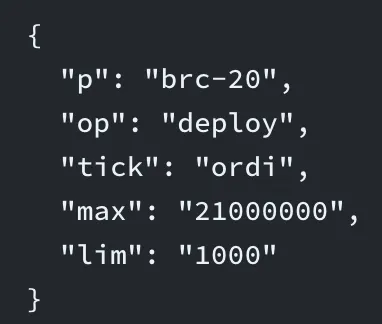
Ordinals Registry (Source: medium.com)
Key Features
Ordinals are the embedding of JSON data onto individual Bitcoin satoshis, which are the smallest unit of currency. Despite having distinct information, these ordinals are not fungible by nature. Nonetheless, BRC-20 tokens make use of this ordinal scheme to facilitate fungibility, guaranteeing that any token produced in accordance with this standard is equivalent and has the same value.
With the capacity to store up to 4 MB of information per token, BRC-20 tokens also have substantial data storage capabilities. This metadata offers a safe and uniform framework for organizing and storing token-related data because it doesn’t change throughout transfers.
Though it lacks the flexibility of ERC-20 due to its inability to use smart contracts, BRC-20 offers a completely new way to create decentralized assets on the Bitcoin network.
Benefits of the BRC-20 Standard
Limitations of BRC-20
Since BRC-20 is still at the experimental stage, it is prone to errors and other problems. Its stability and dependability are threatened by its early stage. The simplicity of creating tokens raises further concerns since, although it improves accessibility, it may result in an excess of tokens. Over time, this overproduction might erode the credibility and worth of BRC-20 tokens.
The absence of sophisticated features in the BRC-20 standard is one of its main drawbacks. Its real-world utility is restricted to basic applications like meme coins due to its lack of support for smart contracts. When compared to more adaptable standards like ERC-20, its limited breadth makes it less competitive.
BRC-20’s increasing popularity has also caused serious network congestion on the Bitcoin blockchain. Due to delays and higher transaction costs brought on by the rising transaction volumes, the rates have continuously stayed over $30 since May 2023. Many consumers find using BRC-20 less feasible due to these high prices.
Finally, one significant flaw in the standard is its rigidity. BRC-20 has significantly more limited features than ERC-20, which enables a wide range of applications, including decentralized finance (DeFi) protocols. This restriction hinders its wider acceptance and influence in the blockchain ecosystem by limiting its capacity to enable creative or intricate use cases.
The History of BRC-20 Development
In January 2023, Casey Rodarmor announced the Ordinal Protocol, which allows data inscriptions on satoshis. On March 8, 2023, an anonymous developer named Domo proposed the BRC-20 standard. The proposal was for the use of JSON data in creating token contracts to mint and trade tokens. It is based on the Ordinal Theory because it gives unique identities to satoshis. Thus, satoshis can be “decorated” with data, making them unique digital assets or fungible tokens.
Growth and Impact of BRC-20
Significant progress has been made by BRC-20 since its launch:
But BRC-20’s rising popularity has also presented difficulties:
Finally, despite its drawbacks, BRC-20 has created new opportunities for Bitcoin’s use outside of its current use as a digital currency. With enhanced network efficiency and useful applications, this standard could lead to major advancements in the Bitcoin ecosystem, especially in the field of decentralized finance.
